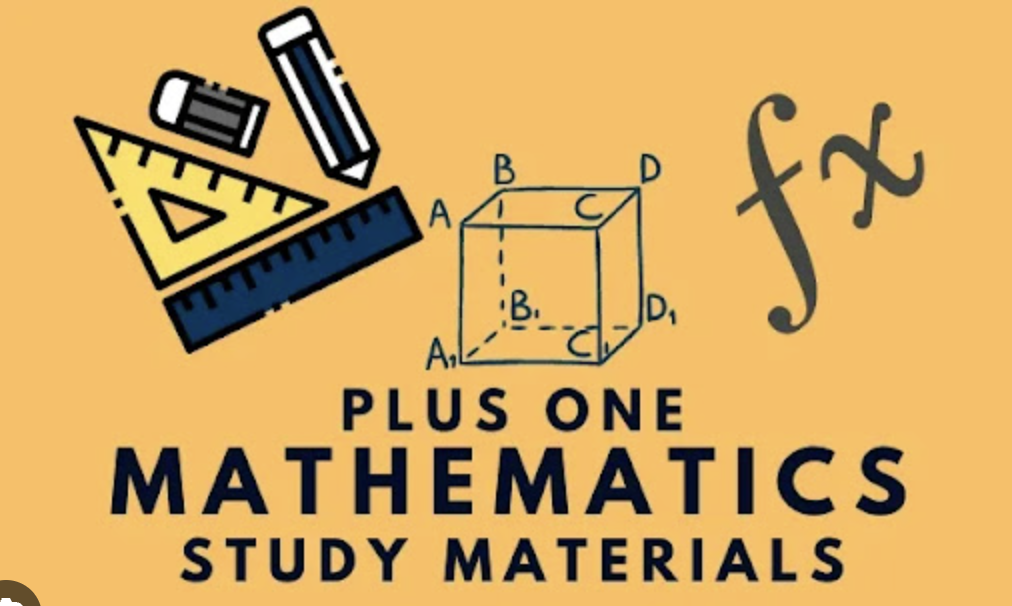This chapter develops students’ abilities to construct valid arguments and evaluate logical claims. Students will study propositions, connectives, quantifiers, and methods of proof including direct proof, proof by contradiction, and proof by cases. By strengthening analytical thinking and precision in communication, mathematical reasoning equips students with skills that extend beyond mathematics into areas requiring critical thinking, computer programming, legal analysis, and scientific research. This foundation in logic helps students approach complex problems systematically.
Chapter 14: Mathematical Reasoning
Statements:
A statement is a declarative sentence that is either true or false, but not both.
Types of Statements:
- Simple Statement: Contains a single assertion
- Compound Statement: Formed by connecting simple statements using logical connectives
Logical Connectives:
- Conjunction (∧): “and” operation
- p ∧ q is true only when both p and q are true
- Disjunction (∨): “or” operation
- p ∨ q is true when either p or q (or both) is true
- Negation (¬): “not” operation
- ¬p has the opposite truth value of p
- Implication (→): “if…then” operation
- p → q is false only when p is true and q is false
- Biconditional (↔): “if and only if” operation
- p ↔ q is true when p and q have the same truth value
Tautology and Contradiction:
- Tautology: A compound statement that is always true
- Contradiction: A compound statement that is always false
Quantifiers:
- Universal Quantifier (∀): “for all”
- Existential Quantifier (∃): “there exists”
Methods of Proof:
- Direct Proof: Start with known facts and directly deduce the conclusion
- Proof by Contradiction: Assume the negation of the statement and derive a contradiction
- Proof by Contrapositive: Prove the contrapositive statement (¬q → ¬p) instead of (p → q)
- Mathematical Induction: Involves a base case and an inductive step
Complete Chapter-wise Hsslive Plus One Maths Notes
Our HSSLive Plus One Maths Notes cover all chapters with key focus areas to help you organize your study effectively:
- Chapter 1 Sets
- Chapter 2 Relations and Functions
- Chapter 3 Trigonometric Functions
- Chapter 4 Principle of Mathematical Induction
- Chapter 5 Complex Numbers and Quadratic Equations
- Chapter 6 Linear Inequalities
- Chapter 7 Permutation and Combinations
- Chapter 8 Binomial Theorem
- Chapter 9 Sequences and Series
- Chapter 10 Straight Lines
- Chapter 11 Conic Sections
- Chapter 12 Introduction to Three Dimensional Geometry
- Chapter 13 Limits and Derivatives
- Chapter 14 Mathematical Reasoning
- Chapter 15 Statistics
- Chapter 16 Probability
